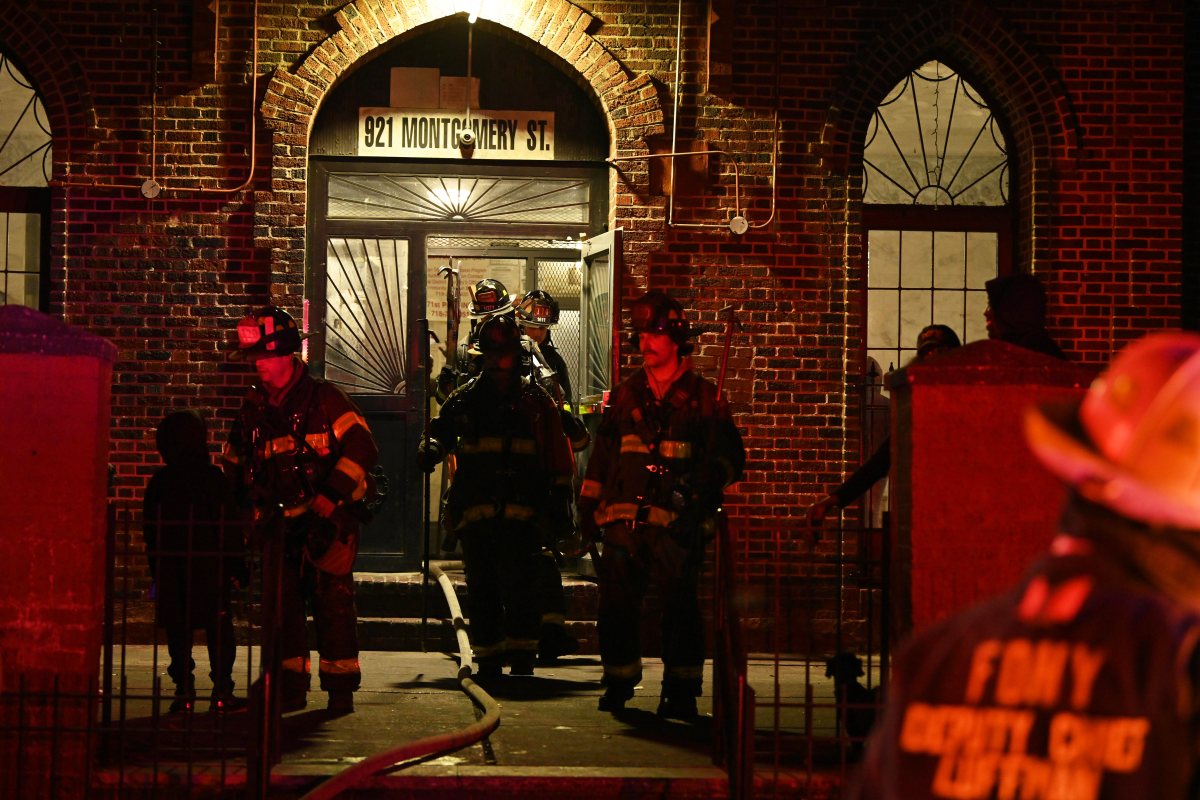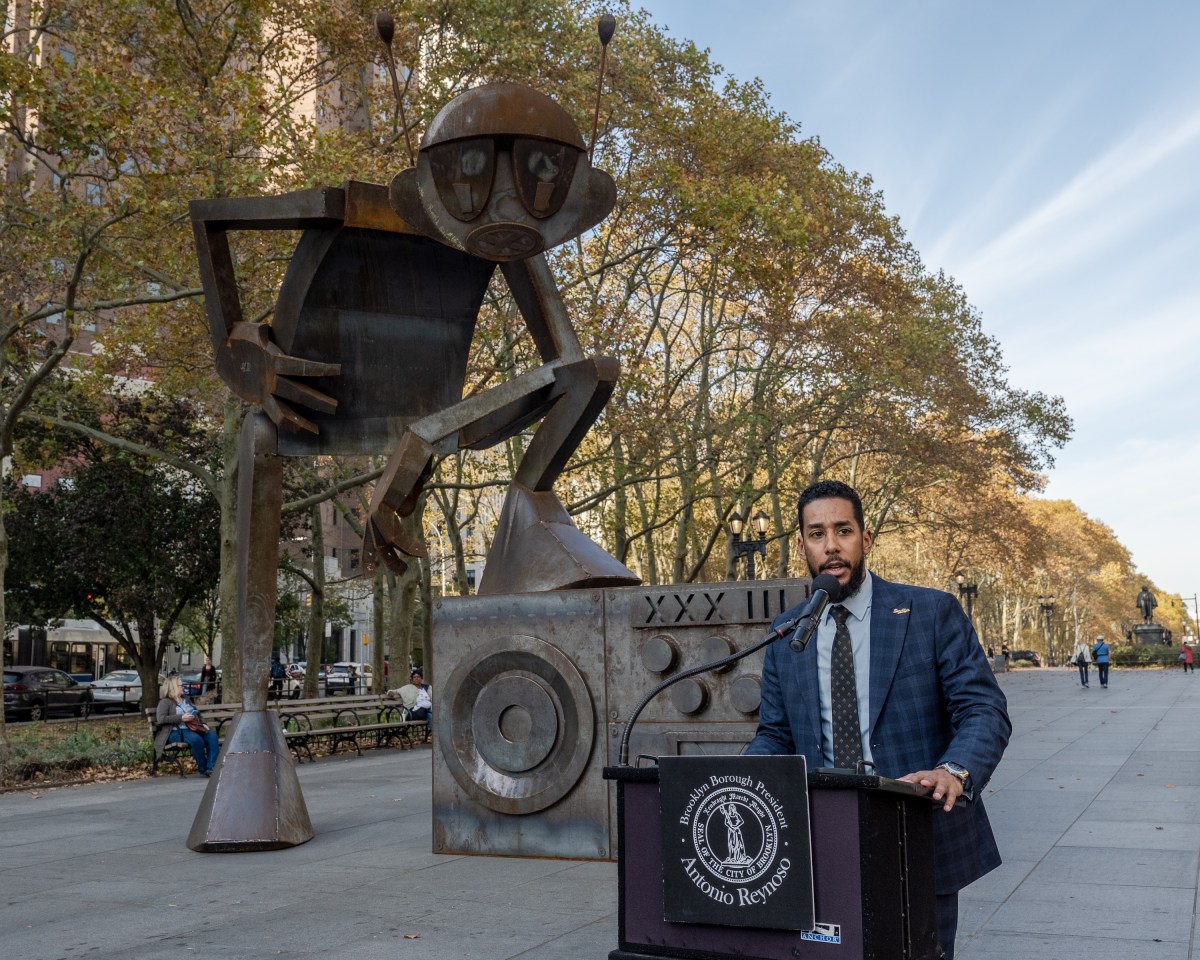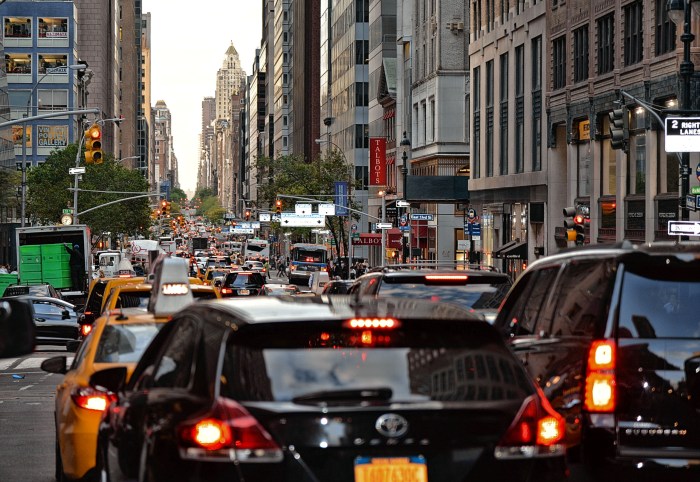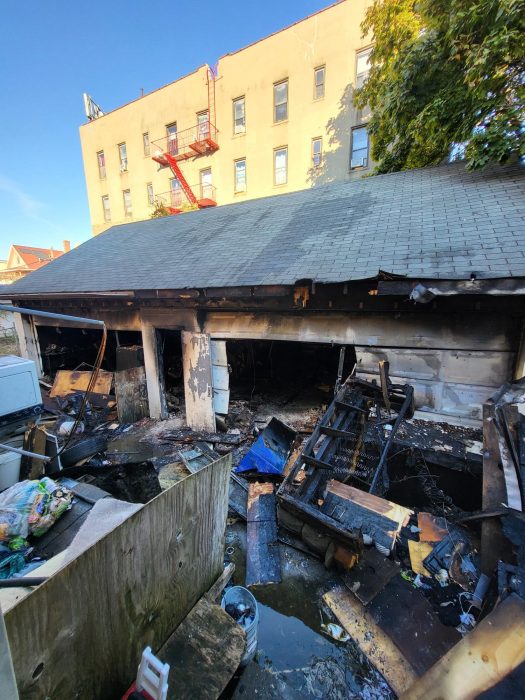For two years, it was the coronavirus pandemic. Then, it was Russia’s war in Ukraine. Throughout it all, the perils of climate change, poverty and inequality have steadily, increasingly thrummed through each convening of world leaders at the U.N. General Assembly.
As the 78th session opens, there’s no single clear crisis set to dominate the General Debate, as none of the aforementioned ones have been resolved. The high-level meeting will be set against the backdrop of an ongoing war, new political crises in West Africa and Latin America, a lingering coronavirus, economic instability, widening inequality and fresh natural disasters in the forms of devastating earthquakes,floods and fires.
In the face of this tumult, the theme for this year’s General Debate will be “Rebuilding trust and reigniting global solidarity: Accelerating action on the 2030 Agenda and its Sustainable Development Goals towards peace, prosperity, progress and sustainability for all.”
We’ve updated last year’s backgrounder for the 2023 high-level meeting. Here’s what to know about this year’s U.N. General Assembly, presided over by Trinidad and Tobago’s Dennis Francis.
WHAT IS THE POINT OF THE UN GENERAL ASSEMBLY?
While the effectiveness of the United Nations has been questioned for as long as it has existed, the benefits of attendance are undeniable. From the dais, countries broadcast their agendas, grievances and calls to action to the entire world and for the permanent record.
The exercise in multilateralism was born in the wake of World War II, and grounded in the hope for lasting peace. This week is a key chance for countries often drowned out by what they decry as a hegemonic world order to grab the attention of a larger audience. It’s also a chance for leaders to engage in meetings on the sidelines in neutral territory.
WHO IS COMING TO NEW YORK THIS YEAR?
Heads of state and government from at least 145 countries are expected to take the dais at the river’s edge. Among them will be Brazilian President Luiz Inácio Lula da Silva, U.S. President Joe Biden and Ukrainian President Volodymyr Zelenskyy — all expected in the first day. This will be Zelenskyy’s first in-person appearance at the United Nations since the Russian invasion of his country — in 2022, the General Assembly voted to grant him special dispensation to submit a prerecorded speech.
But the parade of speakers will be marked by some key absences: While they’re all sending representatives, the leaders of the rest of the permanent U.N. Security Council members — France, the United Kingdom, China and Russia — will not make the trip. The presence of Vladimir Putin would certainly have been surprising, but Emmanuel Macron is a regular attendee and this would have been British Prime Minister Rishi Sunak’s first opportunity to address the General Assembly. Macron cited King Charles III’s imminent visit; Sunak, a busy schedule.
Top leaders from other major countries, including India — who just played host to the G20 summit in New Delhi this month — and Mexico, are also slated to send ministers in their steads.
WHAT DOES THE GENERAL DEBATE LOOK LIKE?
We might be in the midst of U.S. presidential primary debate season, but the structure of the General Debate at the United Nations bears little resemblance. It doesn’t lend itself to obvious fireworks — booing or interruptions or immediate rebuttals are not permitted — but that doesn’t mean intrigue and drama are absent.
Each speech alone offers a rich text and the delivery adds subtext. Speeches can be fonts of evocative language, barbs and gauzily veiled messages. They’re supposed to run for 15 minutes, but many miss that mark. Last year, speeches averaged around 19 minutes, drawing a wry chiding from Slovakian President Zuzana Čaputová — clocking in under 12 minutes, her speech ended with: “And since obeying even the smallest of rules matters, let me finish here to respect the agreed time limit.” The longest speech in history ran to 269 minutes, and was delivered by Cuba’s Fidel Castro in 1960.
Member states are also allowed to exercise the right of reply, in which they can rebut criticism voiced during the General Debate. These are often fiery exchanges at day’s end, but aren’t typically delivered by heads of state or heads of government — rather, lower-level members of a country’s delegation. Last year, there were 21 exercises of the right of reply.
HOW LONG DOES THIS YEAR’S GENERAL DEBATE RUN?
It’s still six days, as usual, but this year’s General Debate ends a day later — Tuesday, Sept. 26. While past General Debates usually ran from Tuesday through Monday, with a break only on Sunday, this year there’s a two-day break. A U.N. spokesperson confirmed that there will be no speeches on the usually final Monday in observance of the Jewish holiday of Yom Kippur.
WHY DOES BRAZIL SPEAK FIRST AT THE UN GENERAL ASSEMBLY?
It’s tradition. Early on, Brazil ventured forward when no other country would volunteer to speak first. Decades later, the South American country retains the pole position. As the host country, the United States typically speaks second (though last year, President Joe Biden had to delay his speech by a day because he was attending Queen Elizabeth II’s funeral ).
For the scores of speeches that follow, the order is determined by multiple variables, including whom a country is sending to deliver the speech (heads of state precede heads of government, who precede mere ministers and other representatives), countries’ own preferences and geographic balance.
ARE NON-UN MEMBERS ALLOWED TO ATTEND?
Some. While all member states are invited to speak, not all necessarily make avail of the opportunity. But the United Nations also has permanent observers, which have access to “most meetings and relevant documentation,” per the U.N. website.
The European Union,Palestine and the Holy See (the Vatican) are permanent observers again on the docket this year. Last year, Palestine had the longest speech, with President Mahmoud Abbas clocking in at more than 47 minutes.

































